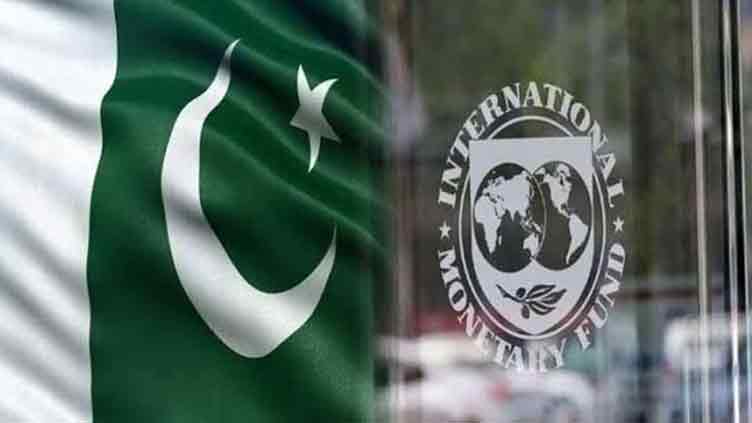|
Getting your Trinity Audio player ready...
|
The International Monetary Fund (IMF) revised downward its estimate of Pakistan’s gross external financing needs to $21.044 billion for the upcoming fiscal year 2024-25, equivalent to 5.5 percent of GDP, compared to $24.965 billion, or 7.1 percent of GDP, for the current fiscal year.
In its report entitled “Second and final review under the Stand-By Arrangement (SBA),” the IMF emphasized the substantial external and domestic financing needs anticipated in the coming years, stressing the necessity for sustained policy adjustments beyond the SBA period to secure this funding and prevent a resurgence of fiscal and balance of payments pressures.
The IMF’s projection for available financing in 2024-25 stands at $25.379 billion, down from $26.533 billion for the outgoing fiscal year.
Read Also: SBP’s Foreign Exchange Reserves Surpass $9 Billion Benchmark, First Time Since July 2022
Acknowledging that the program is fully funded and that the reserve position at the end of fiscal year 2024 aligns with program objectives, the report also mentioned that while total disbursements in fiscal year 2024 are expected to fall short of SBA request projections ($4.0 billion out of $4.6 billion disbursed), this has been offset by a stricter current account and savings from debt restructuring with a major bilateral creditor preceding the first review.
However, given Pakistan’s susceptibility to external sector vulnerabilities, timely delivery of the remaining commitments is deemed crucial. Medium-term risks include substantial public sector external refinancing requirements, a persistent current account deficit, challenging external conditions for Eurobond and Sukuk issuance, and limited reserve buffers.
Pakistan’s ability to meet its obligations to the Fund is exposed to significant risks and is heavily reliant on effective policy implementation and prompt external financing. The Fund’s exposure amounts to SDR 6,546 million (322 percent of quota, approximately 102 percent of projected gross reserves as of end-April 2024) following the completion of all transactions under the SBA.
Exceptionally high risks, such as delays in implementing reforms, elevated levels of public debt and financing needs, low gross reserves coupled with the State Bank of Pakistan’s net foreign exchange derivative position, dwindling inflows, and sociopolitical factors, could impede policy implementation, undermining repayment capacity and debt sustainability.
Reinstating external viability is paramount for Pakistan’s ability to meet its obligations to the Fund, contingent upon robust policy implementation encompassing measures such as accumulating external assets and maintaining exchange rate flexibility. Additionally, geopolitical instability poses an added risk, notwithstanding a decrease in uncertainty surrounding global financial conditions since the previous review.

